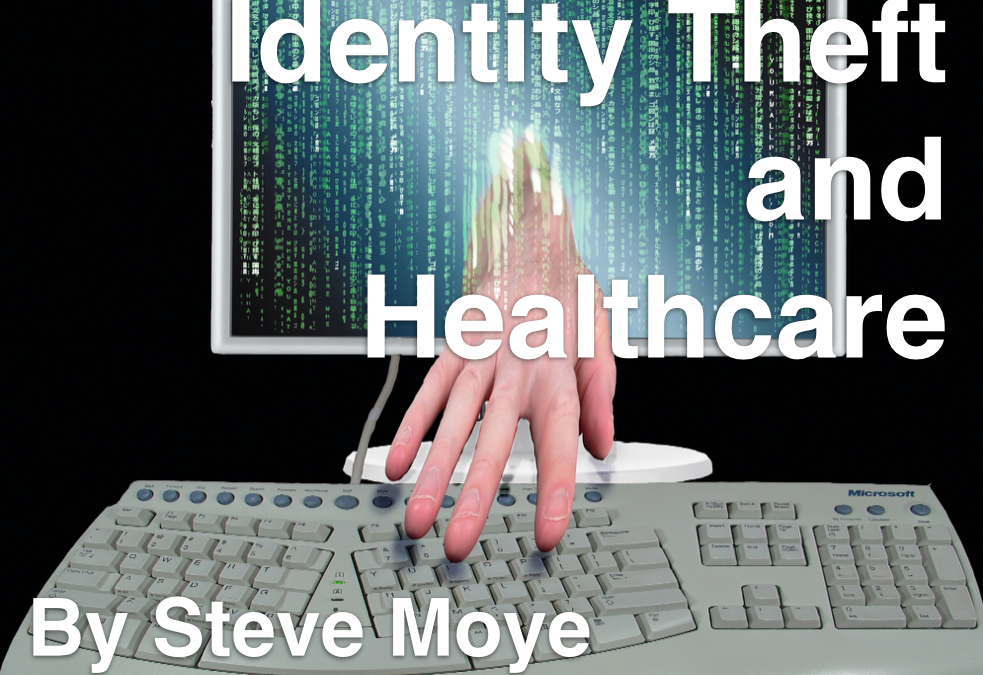Identity theft is a dangerous consequence of the modern digital age. According to an Internet Security Threat Report from the company Symantec, the largest portion of data breaches (39%) in 2015 were related to healthcare. Ransomware, according to the report, increased 35 percent, with cyber criminals using more sophisticated attacks. For the report, the researchers identified and analyzed emerging trends in cyber attacks, malicious code activity, phishing and spam. The report examined numerous facets, including targeted attacks, smartphone threats, social media scans and Internet of Things (Iot), in addition to the tactics, motivations and behaviors of attackers.
Within health services, there were 120 breaches with 4.1 million identities exposed. According to the report, the number of identities exposed is relatively small for the industry, making up just 1 percent of all identities exposed in data breaches last year. They said that such a high number of breaches with low numbers of identities reveals how valuable the data itself is to warrant so many smaller breaches. They highlight that the large number of breaches reported in healthcare comes as no surprise due to the strict rules in the industry for reporting them.
Health services also ranked at the top of the list of high-risk industries due to the number of incidences caused by hacking or insider theft, indicating that the main motive was to steal data as opposed to exposing it. The report found that the total number of breaches had risen by 2 percent last year and that there were nine mega-breaches (containing more than 10 million identities), passing 2013’s record of eight. The overall number of total identities exposed also jumped. However, the researchers have pointed out that this number is most likely increasing from the tendency of organizations to limit the information released about the extent of the breaches they suffer.
The more information you have about somebody, the easier it is to commit identity fraud. Real names are still the most common type of info exposed, with birth dates, home addresses, government IDs, birth dates, medical records and financial information showing up quite frequently as well.
If you’d like to learn more, you can click here!
